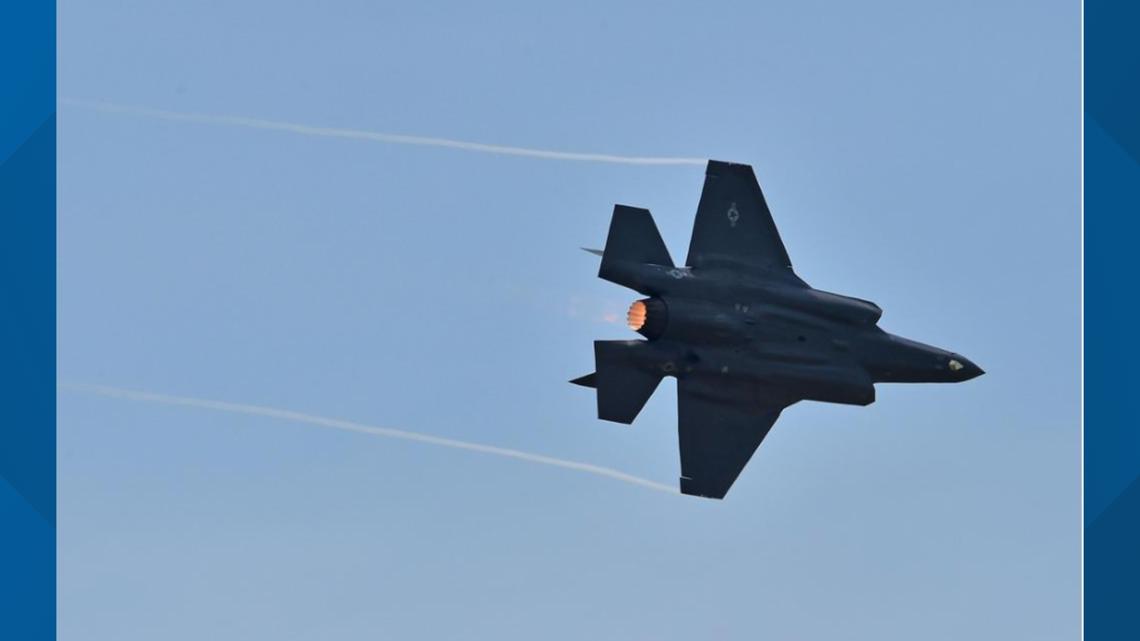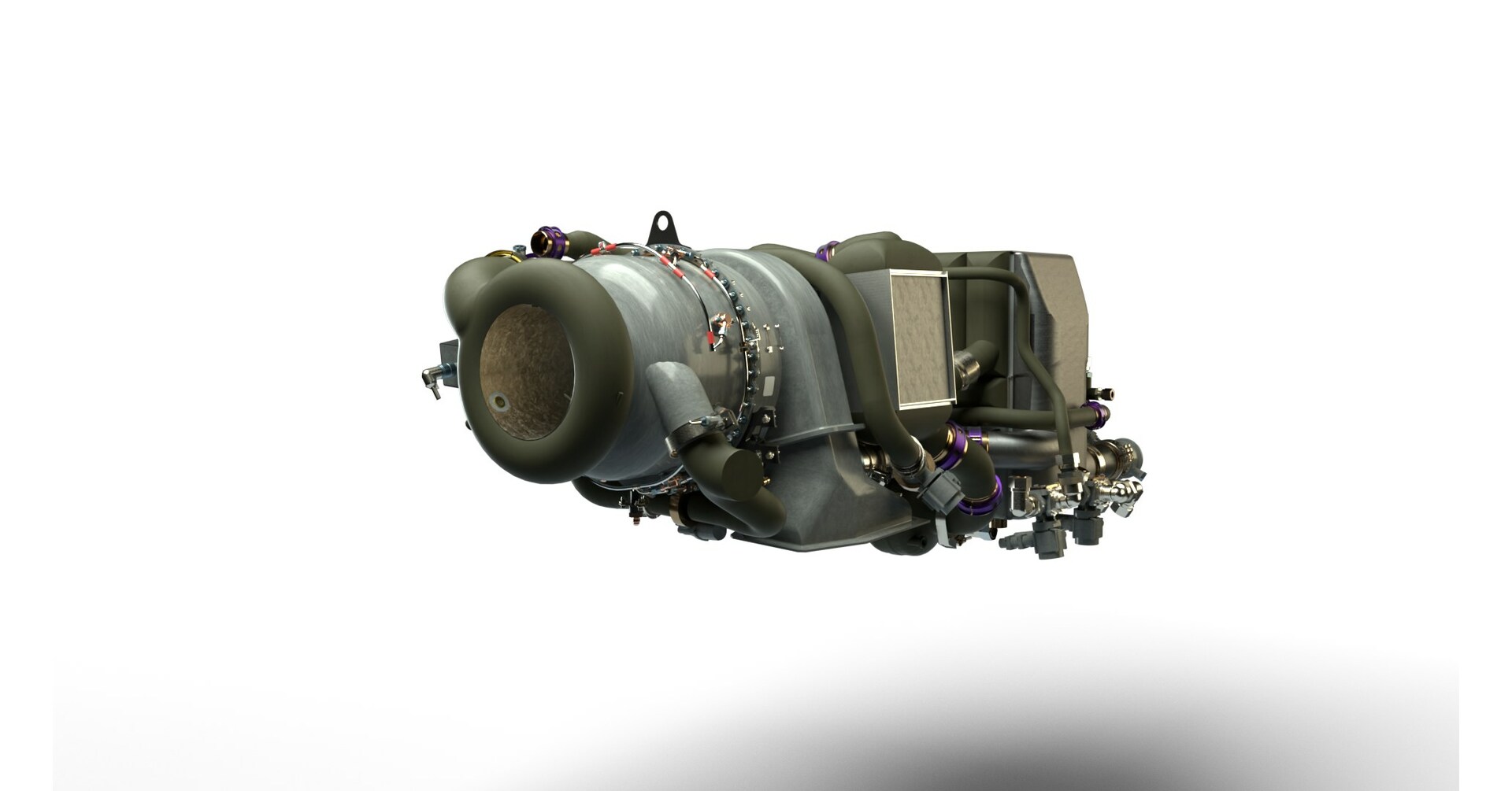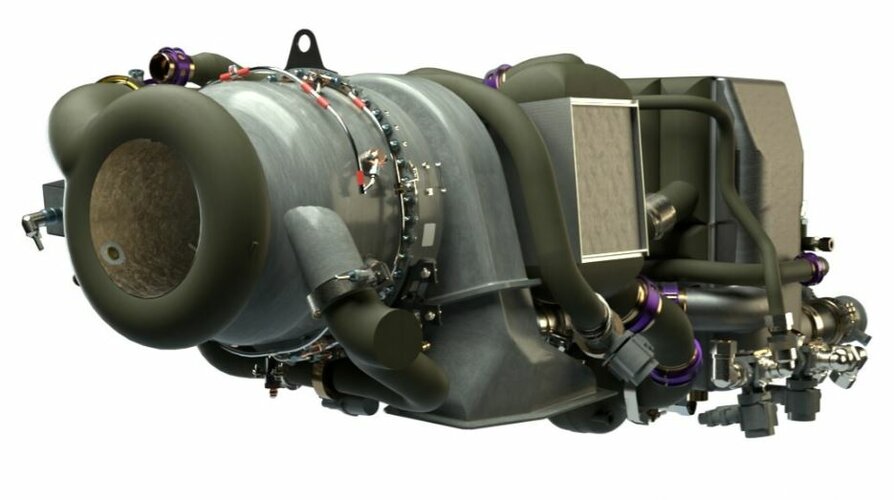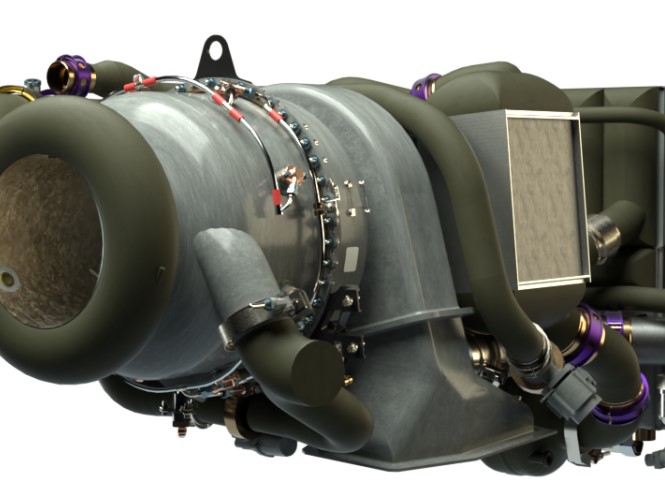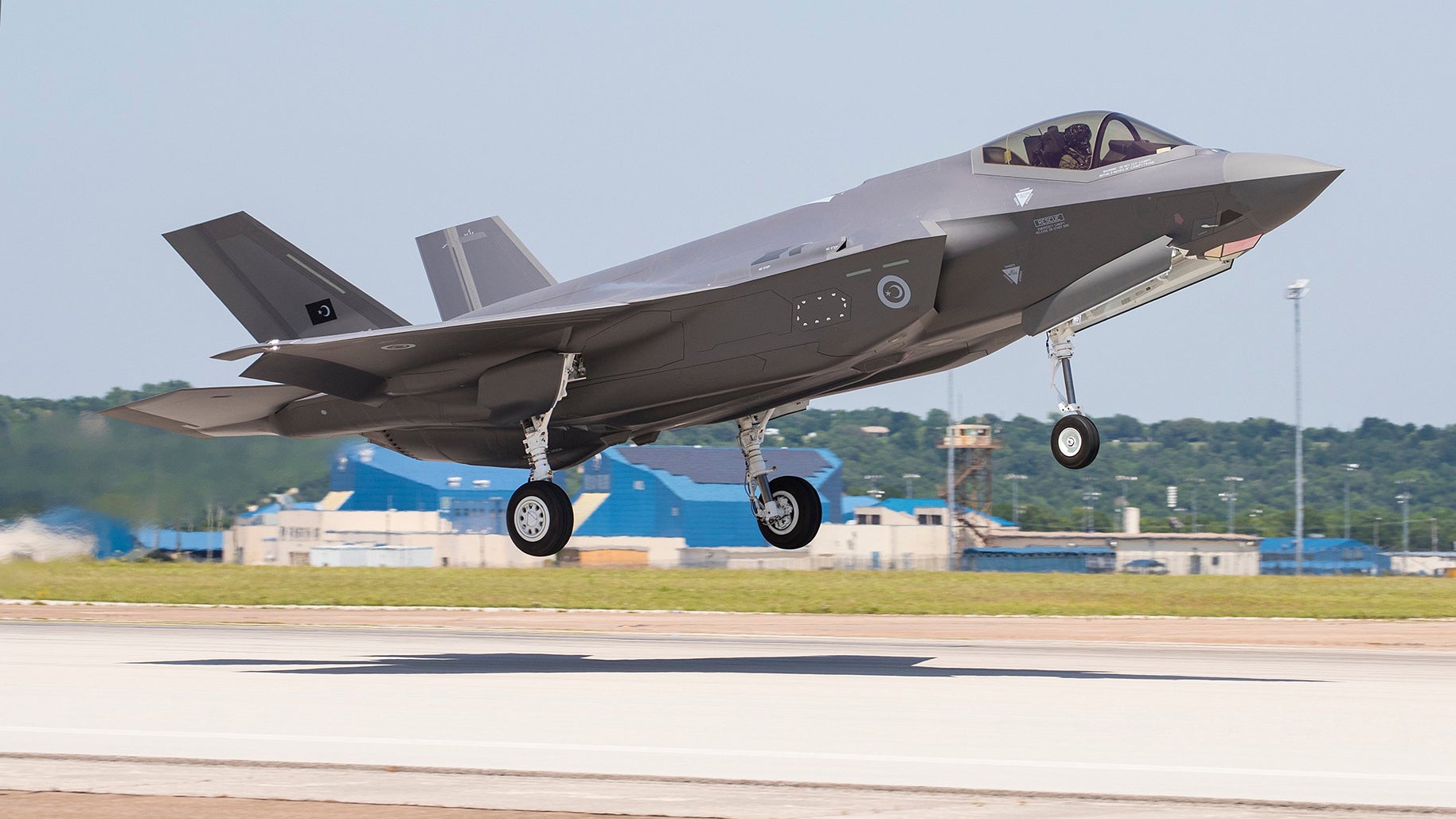What kinds of work was done at the Intermediate level?
Ah... revealing my arm-waving, are you?

I don't have any direct experience with the F100, just the TF34-100A (and F110, remotely). At the time I was there, DM had the I-level engine shop and was Queen-Bee for several off-site locations (such a Nellis who shipped their BCM engines down).
From memory, DM would break the engines down to modules (say for FOD). They would recondition (grind new honeycomb liner liners in the case of excessive turbine blade tip clearance). From memory, there was an overlap of capability between Depot and I-level so workload could be balanced. One major effort was the -100 to -100A HSLI (Hot Section Life Improvement) durability improvement. (HSLI allowed additional "headroom" in ITT so that the engines could be uptrimmed (manually, sonny) further (hotter) to maintain performance longer before coming off wing for I-level maintenance.
One maintenance mishap is illuminating. A "new from engine shop" engine was hung in the #2 position on an A-10. Short story: it would not start, hanging at sub-idle. A 3-level was sent up into the engine (as a "training under supervision" opportunity). The problem was diagnosed (per the Job Guide) as a Fuel Control mis-rig. The task was to cut the safety wire and turn the knob on the fuel control several clicks in the specified direction (per T.O.). He did, and a restart attempt failed. Lather, rinse, repeat. Finally, as a last result, the left engine was started, the APU was shut down (with the engine supplying a higher volume of air on cross-bleed than the APU could). Still no joy with no. 1 at 101% NG. We shut down again, for good - that dog was not going to hunt.
At this point, the headscratching really started and it was finally discovered that the mech had inadvertantly adjusting the positioning of the actuator arm (secured by a castellated nut and safety wire) for the fifth stage IGVs rather that adjusting the Fuel Control
(a castellated nut and safety wire). The effect was that the IGVs were "closed" WRT engine schedule, and the hot part of the engine was being starved of air.
At this point, the engine was coming off-wing for tear-down (with zero-hours of run time) because there was absolutely
no way to properly and reliably re-index and rig an individual compressor IGV stage at O-level.
The point of the story here is that the
I-level shop was about a mile down the flight line and the engine was squeezed into sequence and re-rigged and came back to the flightline rather quickly.
The nearest
Depot was (McClellan, I think) a good 700 miles by truck, or even GE Lynn (a good 2000 miles away). You can see (in this anecdata example) the operational advantages of having a local deep maintenance capability as it related to time in maintenance cycle (nothing like the DCM reviewing the engine shop's priorities) and cost (time in the local shop specific to that engine).
That's it for tonight's flightline bedtime story!

